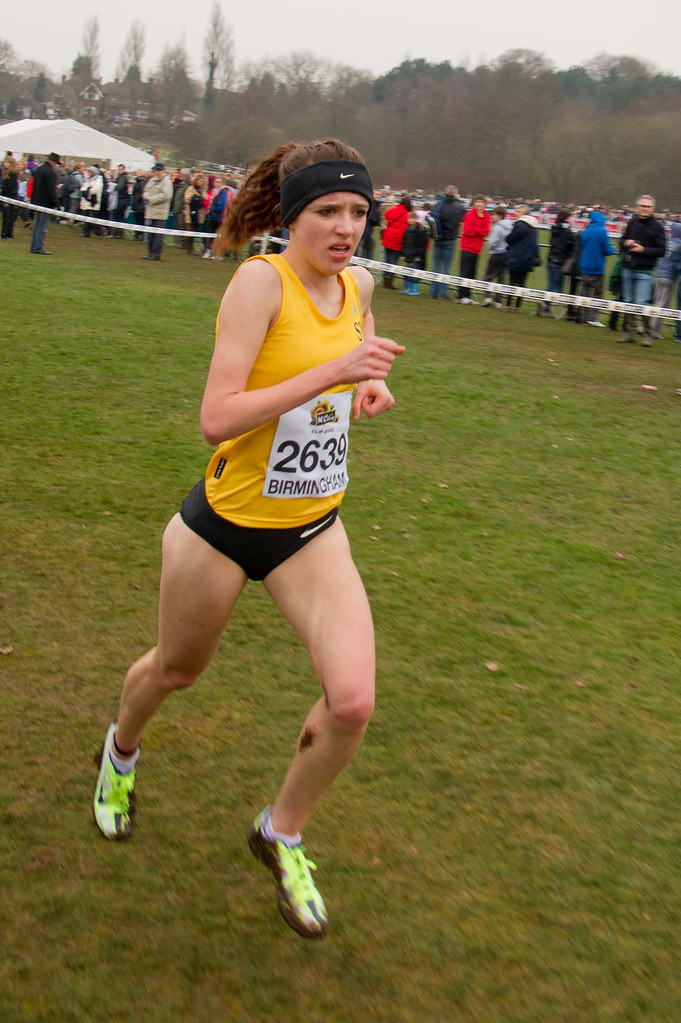 |
| Ilke Wyludda, the day she became Olympic champion Photo: DPA http://www.pnn.de/mediathek/608202/2/ |
London Olympic Games are just around the corner and every athlete is training hard to rise to the occasion. Usain Bolt would like to run the 200m under 19sec so his legend can continue growing and similar thoughts has Yelena Isinbayeva, who is happily back to her best with a new world record. On the other hand, Haile Gebrselassie, 20 years after his international breakthrough, suffered another setback in Tokyo on his aspirations to compete in his 5th Olympic Games but still do not throw the towel. In the female discus throw event, after some lacklustre years, there is a new generation helping to reinvigorate the discipline. Yanfeng Li will try to follow up her victory at Daegu Worlds with the Olympic title but Yarelis Barrios and young stars Sandra Perkovic and Nadine Muller are up for an upset, hoping to get the first 70-meter throw of this century. The latter has won in consistency in the last two years and thus targets to become the next number one athlete in the discipline coming from Germany
The Leipzig-born Wyludda was one of the most prodigious talents to ever step on an athletic throwing circle. She still owns the thirteen best junior performances at the discus, including a huge 74.40m from September 1988, which is, besides the existing world junior record, the fifth overall mark in the history of the event. She threw more than seven metres longer than any other junior athlete has ever done. Accordingly, Ilke was twice a World junior champion at her pet event and excelled also at the shot put, reaching 20.23, which ranks her only behind Astrid Kumbernuss and Heidi Krieger at the junior tables but ahead someone as 1980 Olympic champion Ilona Brisenick-Slupianek. Ilke was already representing the East German team, being 18, at the 1987 World Championships inRome Korea 78 metres in an unsanctioned meet, was back then the dominating force in the discipline. She clinched the gold medal at the Olympic Games, in the same way she had won it at Helsinki
The Leipzig-born Wyludda was one of the most prodigious talents to ever step on an athletic throwing circle. She still owns the thirteen best junior performances at the discus, including a huge 74.40m from September 1988, which is, besides the existing world junior record, the fifth overall mark in the history of the event. She threw more than seven metres longer than any other junior athlete has ever done. Accordingly, Ilke was twice a World junior champion at her pet event and excelled also at the shot put, reaching 20.23, which ranks her only behind Astrid Kumbernuss and Heidi Krieger at the junior tables but ahead someone as 1980 Olympic champion Ilona Brisenick-Slupianek. Ilke was already representing the East German team, being 18, at the 1987 World Championships in
Wyludda was biding her time, which would come in the following decade. The hopeful German never improved on her massive 74.56 from 1989 in Neubrandenburg but gained in consistency, thus winning her first international senior title at the 1990 European championships in Split Goteborg
 |
| Ilke Wyludda, training for the 2012 Paralympic Games http://www.sport1.de/de/paralympics/artikel_505102.html |
In December 2010 Ilke Wyludda was again in hospital but this time there were further complications. Her knee was infected by septicaemia and she had to choose between keeping either her leg or her life. After the amputation that miraculous back to fitness she had achieved so many times in the past was impossible. Yet Ilke did not fall in self-compassion and had the will of going on, in spite of the tragedy. “However much you cry you are not going to get your limb back. You cannot stand in the past but keep living with new aims, because life is a gift.” (2) Ilke studied medicine, with a doctoral thesis in pain therapy and now she is working as an anaesthetist at Bergmannstrot Hospital in Halle Atlanta
Ilke walks now with the help of prosthesis; her apartment and also her car had to be redesigned to fit the new needs of her daily life. She wakes up at 4:30 to reach hospital at 7:00, where she works full time. Then she trains five times a week. Gerhard Boettcher, who was her coach for 20 years has come back to guide her again, in spite he is now a pensioner. Wyludda states it is a new situation but she is already training at 80% of volume, compared to her past workouts. Last December, without any previous training she made her Paralympian debut in a competition in Dubai London
 |
| Abebe Bikila was also an Olympic champion who had to endure the experience of a physical disability, after his dramatic car accident http://www.elatleta.com/foro/showthread.php?115970-Fotos-atletismo-cl%C3%A1sico./page11 |







